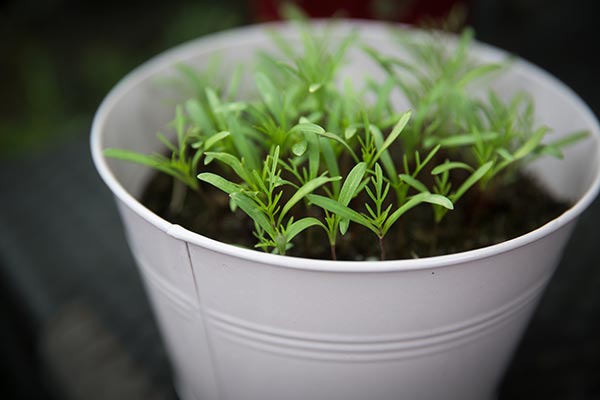Cleanliness 101: The difference between cleaning, disinfecting and sterilizing
07/19/2021 / By Arsenio Toledo

It can sometimes be confusing, but understanding the difference between cleaning, disinfecting and sterilizing is very important. These three different ways of keeping your home free of dirt, germs and other microbes all perform very different functions. Here are the key characteristics you need to remember. (h/t to PrepSchoolDaily.Blogspot.com)
Cleaning
Cleaning is simply what you do when you wash your dishes. It removes any visible debris, dirt and dust. The process of cleaning usually involves simple soaps or detergents and water to wash off the cleaners.
Cleaning is good enough for items that you can trust to not harbor any potentially dangerous viruses or bacteria. But it is not the same as disinfecting or sterilizing. Cleaning may dilute the numbers of these potentially dangerous microbes, but it will not kill all bacteria and germs. There is always the possibility that the plate or other object you cleaned still harbors bacteria or viruses because you did not disinfect or sterilize it.
Disinfecting
Disinfecting is a process by which any microscopic organisms on surfaces are killed. This includes viruses, fungi and germs. There are two potential methods for disinfecting: thermal disinfection or chemical disinfection.
Thermal disinfection involves using high levels of heat on an item or a surface. This can be done by plunging a potentially microbe-infested item into boiling water for some time or running an item through a hot iron, like clothes or other textiles. You can even use the power of the sun or ultraviolet-C (UV-C) light. This is ultraviolet light that breaks apart the DNA of bacteria and germs, leaving them unable to harm you and unable to reproduce. UV-C light is the same kind of ultraviolet technology used by the healthcare industry to kill superbugs.
Chemical disinfection, as its name suggests, involves the use of chemical-based disinfectants. This can be something as simple as rubbing alcohol or rubbing alcohol-soaked products like wipes or stronger disinfectant chemicals. Some of these chemicals include chlorhexidine, which can kill many kinds of bacteria but not fungal spores, or chlorine which can eliminate microbes within minutes. (Related: Choose your cleaning products with care: Cleaning chemicals are associated with poor health conditions, from asthma to lung function decline.)
For thermal and chemical disinfection, you usually need to leave the disinfectant on the item or the surface for a certain period of time to ensure that all of the harmful microbes are killed.
Sterilizing
Sterilizing is perhaps the most effective way to protect yourself from any germs, bacteria, viruses, fungi or other pathogens on items and surfaces. Sterilizing virtually destroys or eliminates all forms of microbial life. This method is usually not necessary except for places that need to be thoroughly cleansed such as laboratories and parts of hospitals like surgical rooms.
But if you are still interested in sterilizing items in your home, there are certain products that you can use that will kill virtually all microbes.
One of your first options for sterilizing objects is an electric oven. Place the items you want to be sterilized in there for two hours with the temperature at 325 degrees Fahrenheit, or for 40 minutes at 400 degrees. Be warned that you cannot do this on flammable items, and the items that you put in there have to be wrapped in aluminum foil or placed on a metal tray.
Another oven you can use is a solar oven. Unlike simply bathing your items in sunlight or UV-C light, a solar oven turns up the heat to immense proportions. To sterilize an item using a solar oven, you have to bathe it in over 325 degrees of heat for at least two hours. If it dips below this level of heat, the timing has to start over.
If you have no other sterilization option, your best bet during emergencies is simply to use an open flame. But this is only recommended for emergencies, as the item you are trying to sterilize might melt or break if you are not careful.
Learning the differences between cleaning, disinfecting and sterilizing is important. It’s also important to understand when cleaning an item is enough, and when you need to disinfect or sterilize it. Learn more about when to clean, disinfect or sterilize by reading the latest articles at Preparedness.news.
Sources include:
Tagged Under: bug out, cleaning, cleaning methods, disaster, disinfecting, homesteading, off grid, preparedness, prepper, prepping, SHTF, sterilizing, survival, survivalist
RECENT NEWS & ARTICLES
COPYRIGHT © 2017 PREPAREDNESS NEWS




















